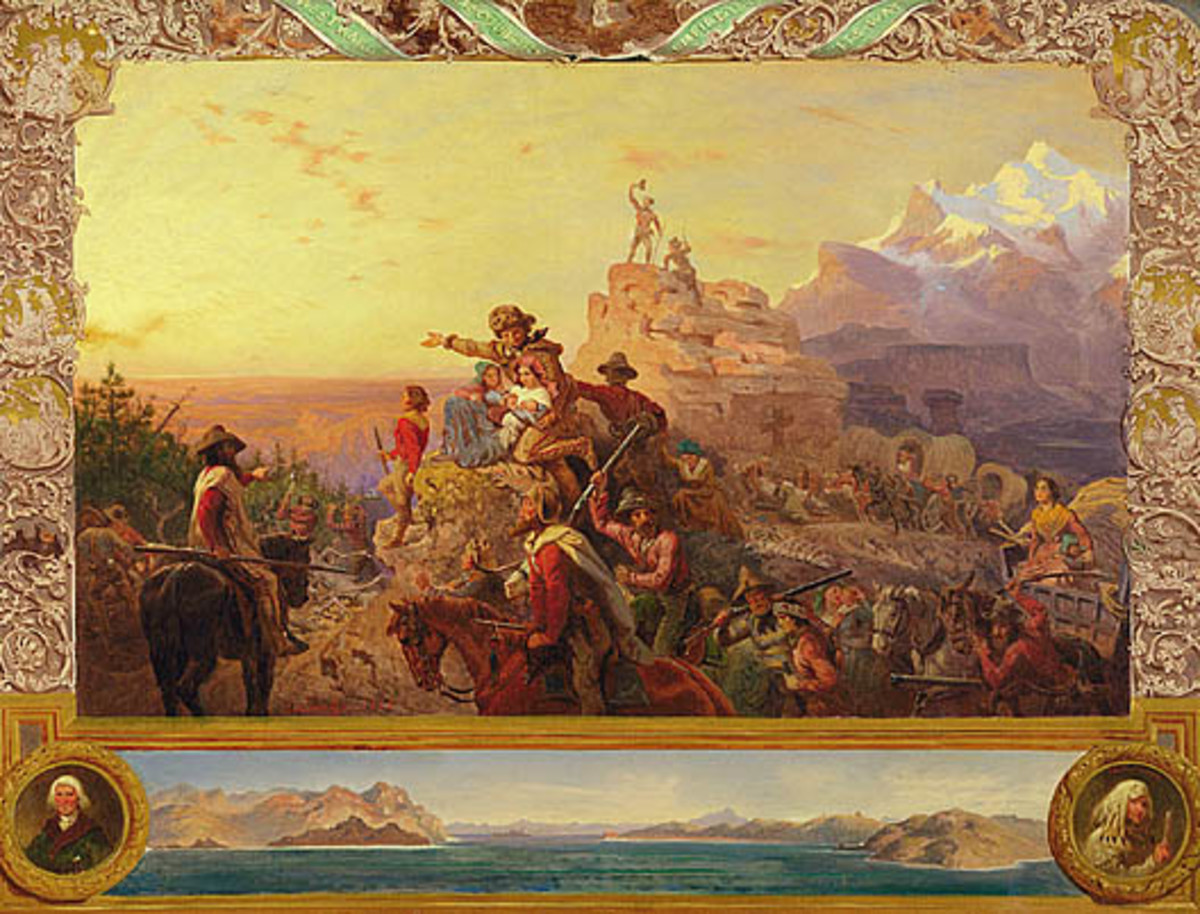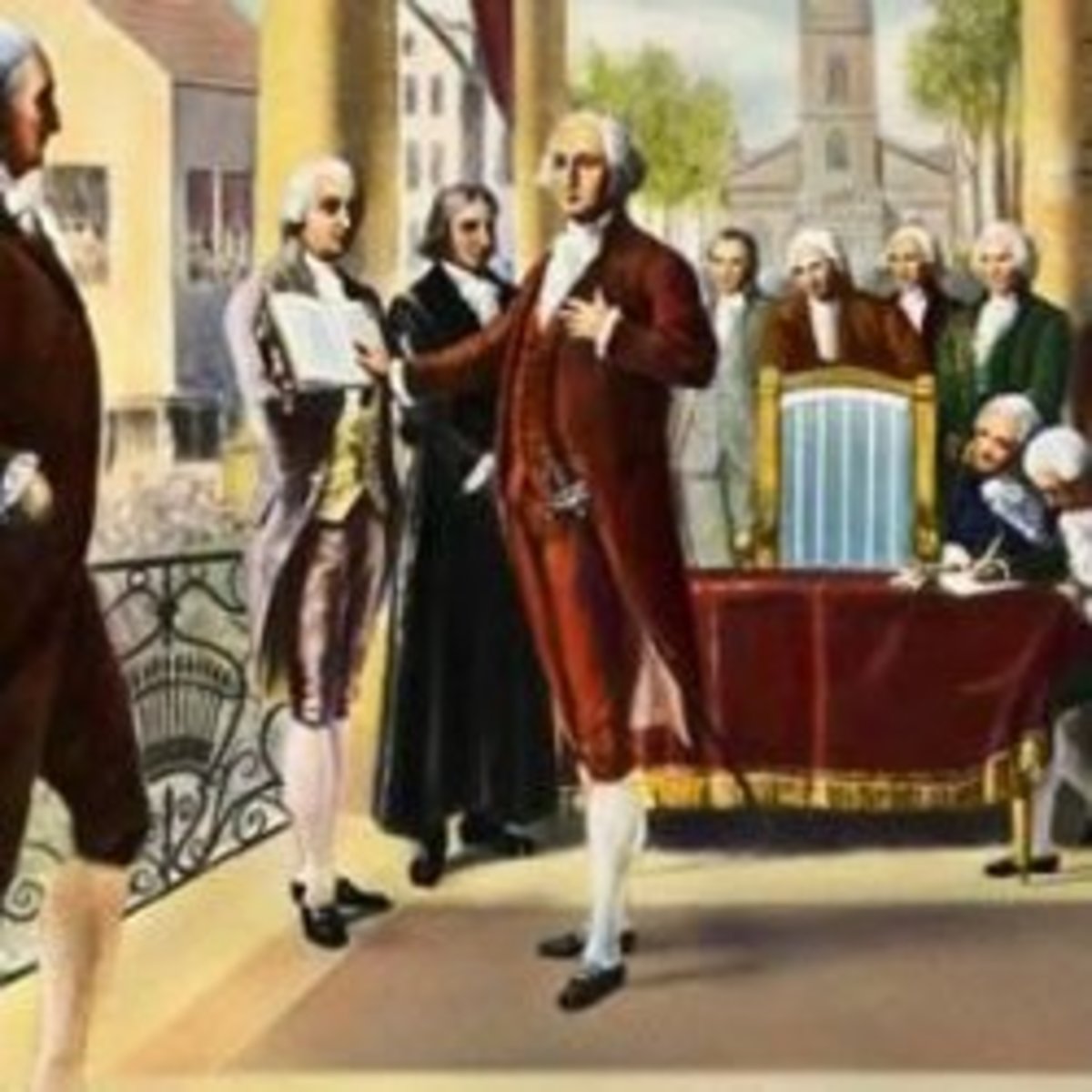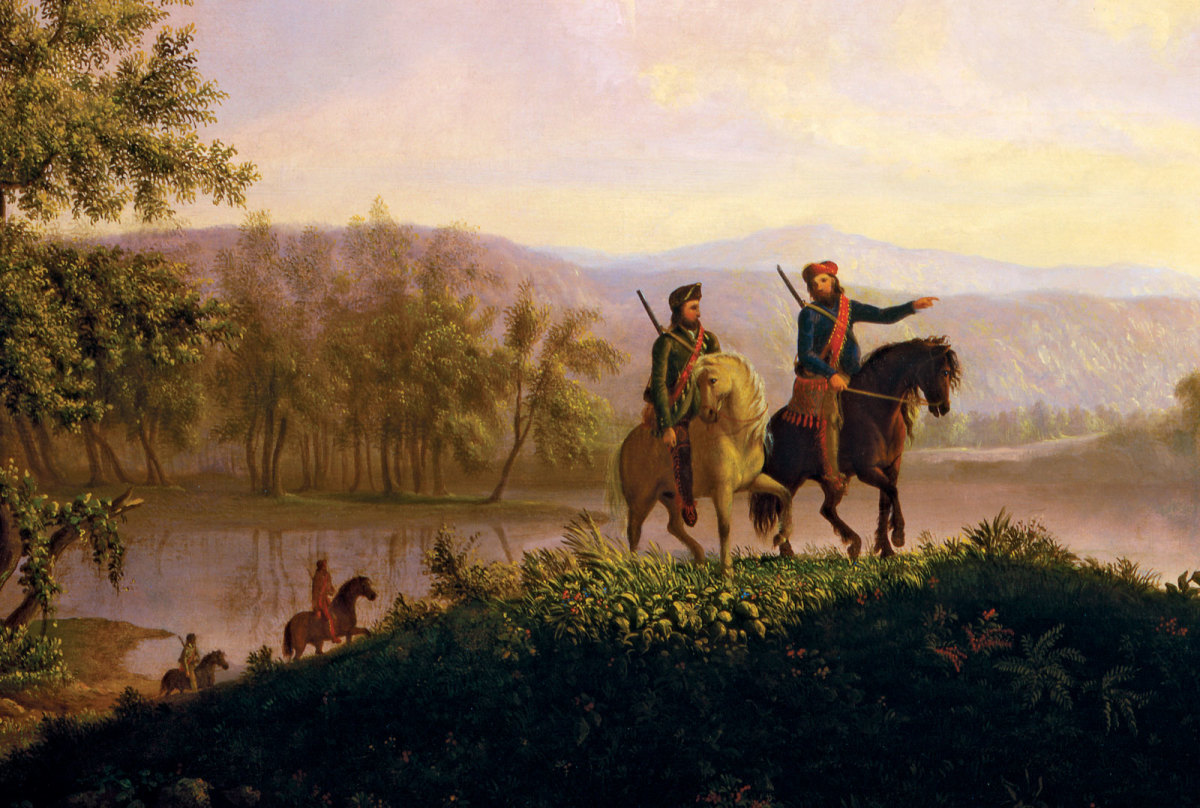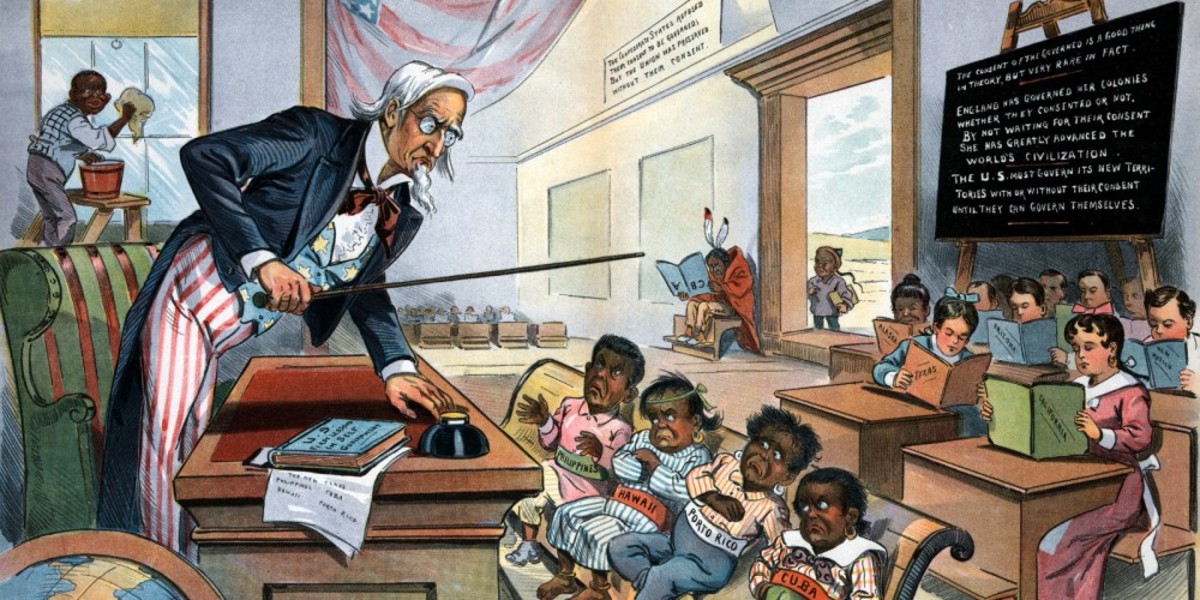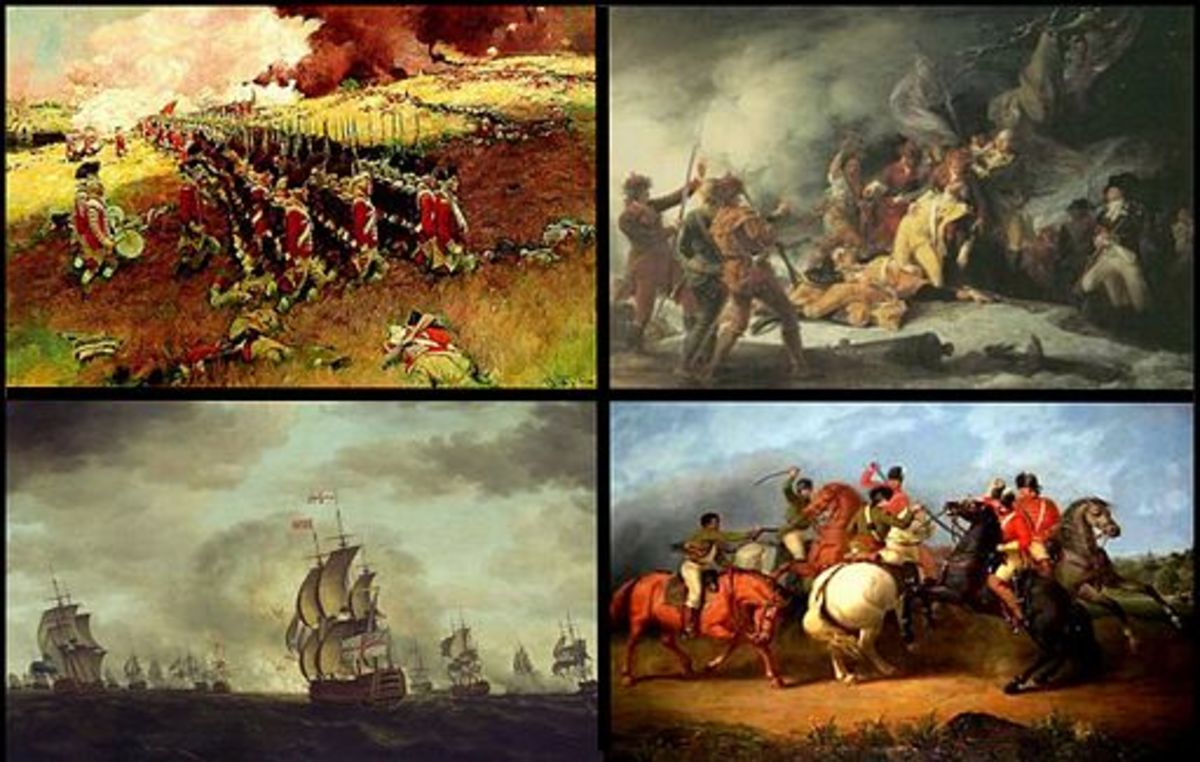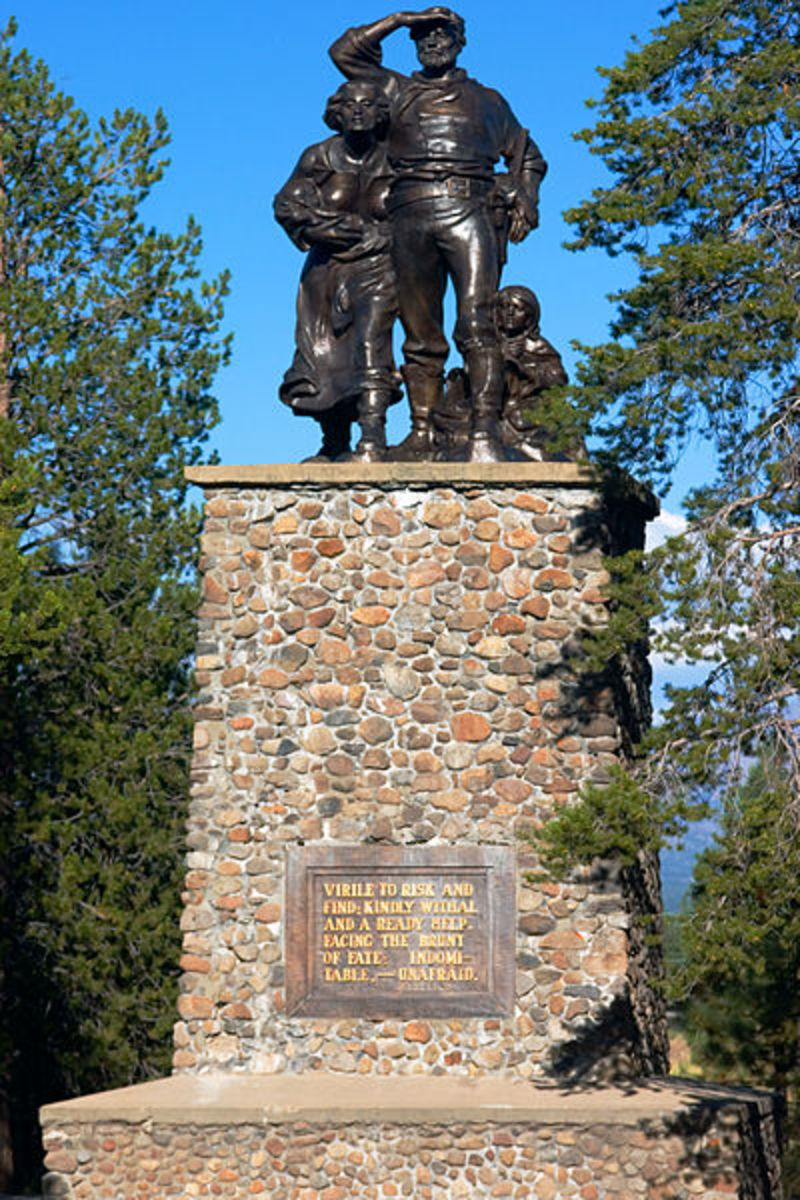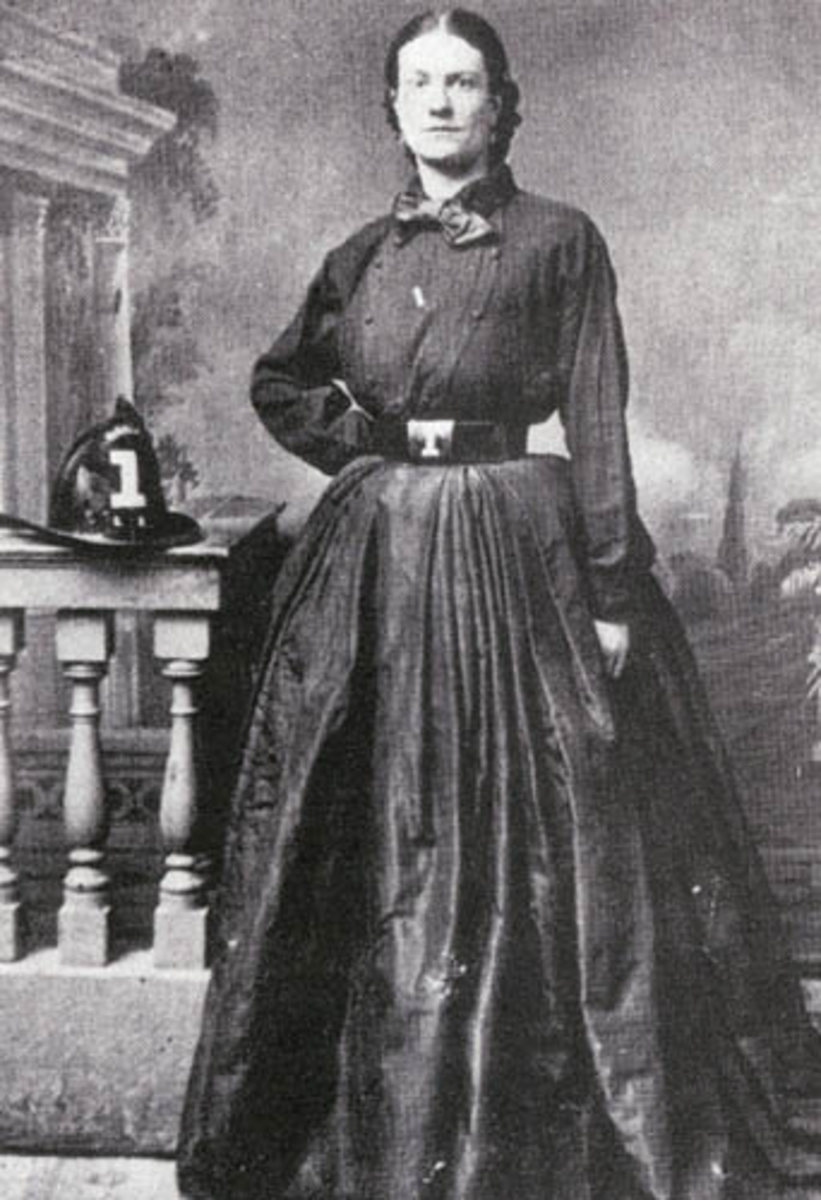- HubPages»
- Education and Science»
- History & Archaeology»
- History of the Americas
Daylight Saving Time 2015 - History and Importance
Benjamin Franklin - Electricity and Light
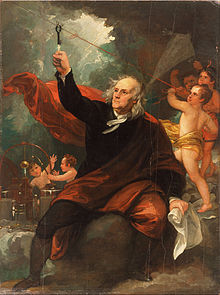
History and Operation of Daylight Saving Time in America
The Beginning in the New Nation: 1784 - The Paris Connection
Daylight Saving Time was conceived by Benjamin Franklin during his time as an American delegate in Paris in 1784, in his essay, "An Economical Project." Some of Franklin's French friends had invented a new kind of oil lamp and they continued to correspond with him even after he returned to America. Franklin's essay stated that, given 100,000 Parisian families burn half a pound of candles an hour for an average of seven hours per day (the average time for the summer months between dusk and the supposed bedtime of late-rising Parisians) that:
"183 nights between 20 March and 20 September times 7 hours per night of candle usage equals 1,281 hours for a half year of candle usage. Multiplying by 100,000 families gives 128,100,000 hours by candlelight. Each candle requires half a pound of tallow and wax, thus a total of 64,050,000 pounds. At a price of thirty sols per pounds of tallow and wax (two hundred sols make one livre tournois), the total sum comes to 96,075,000 livre tournois. An immense sum that the city of Paris might save every year." Thus, Daylight Saving Time, likely half in jest, was proposed in order to save candle energy.
Daylight Saving Time: Only the government would believe that you could cut a foot off the top of a blanket, sew it to the bottom, and have a longer blanket.
— Native American ProverbIn 1883 - The American Railroad Connection
Time zones were first used by the railroad systems in 1883 to standardize train schedules. According to the The Canadian Encyclopedia Plus by McClelland & Stewart Inc., Canada's "Sir Sandford Fleming played a key role in the development of a worldwide system of keeping time. Trains had caused the system in which major regional cities set their clocks according to local astronomical conditions obsolete.
Fleming promoted a standard time and hourly zone variations from a primary location. He was instrumental in convening an International Prime Meridian Conference in Washington in 1884 at which the system of international standard time we have today was established. The Prime Meridian in the UK has existed since 1884.
French Drawing of a Railroad Yard in 1912
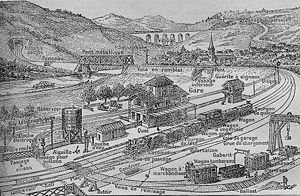
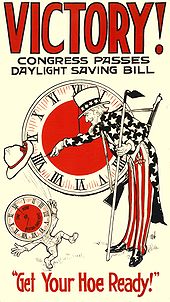
From 1907 to 1916 - The London Connection
Daylight Saving Time was promoted later by a London builder named William Willett (1857-1915) in his pamphlet, Waste of Daylight in 1907. He proposed advancing all clocks 20 minutes on each of four different Sundays in April, and slowing them by 20 minutes on four Sundays in September. While on an early morning a ride through Petts Wood, near Croydon, Willett had noticed that the blinds of the houses were all closed, even though the sun was up. He felt people should be up as well. In his pamphlet he wrote:
"Everyone appreciates the long, light evenings. Everyone laments their shortage as Autumn approaches; and everyone has given utterance to regret that the clear, bright light of an early morning during Spring and Summer months is so seldom seen or used."
Willett's became British Summer Time by a 1916 Act of Parliament. Clocks were set one hour ahead of Greenwich Mean Time (GMT) during the summer months. England changed their clocks to save energy to help fuel World War I.
It seems very strange ... that in the course of the world's history so obvious an improvement should never have been adopted. ... The next generation of Britishers would be the better for having had this extra hour of daylight in their childhood.
— Sir Arthur Conan DoyleIn 1918 - The American Rail Zone Connection
In 1918, Congress made US rail zones official under federal law and gave the authority for all changes to the Interstate Commerce Commission. When Congress created the Department of Transportation in 1966, it transferred that responsibility for the time laws to the DOT.
Railroad Time System, 1883
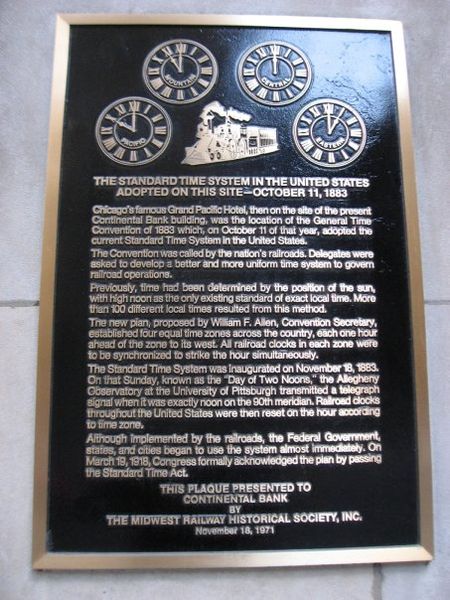
1966 - 2015: The Uniform Time Act
The Daylight Saving Time law in the USA is the Uniform Time Act of 1966.
This DST law does not require that anyone observe Daylight Saving Time; but it does say that if we are going to observe Daylight Saving Time, it must be done uniformly across the nation.
In 1918, in order to conserve resources for WWI, Congress placed the country on DST during seven months from 1918 - 1919. The DST law was fully unpopular among Americans in 1918 and was repealed.
In WWII, the US Congress reinstated DST without a law at all on February 9, 1942. On that magic February day, clocks were set ahead one hour in order to save energy all year long eery year until September 30, 1945.
The US States and cities were independently free, however, to ignore DST fro 1942 - 1945, causing of transportation and media broadcasting confusion, the impact on work, etc. During this time, Columbus, Ohio had a time zone running down the center of the city temporarily. People were very confused, especially if they lived in a different zone from that in which they worked.
In England, the energy saving aspects of Daylight Saving were recognized again during WWII. Clocks were changed two hours ahead of GMT during the summer, which became known as Double Summer Time and remained one hour ahead of GMT though the winter.
By 1966, 100 million+ Americans observed DST locally.
Congress established a nationwide DST pattern with the Uniform Time Act of 1966 (15 U.S. Code Section 260a), starting the last Sunday of April and ending the last Sunday of October. Any area wishing to be exempt from DST could pass a local ordinance.
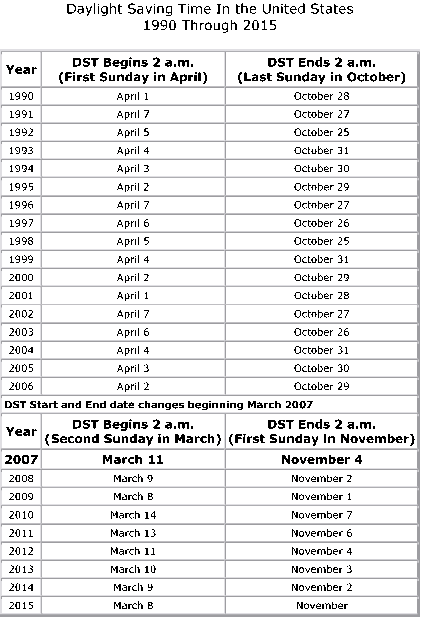
In the mid-1970s the Department of Transportation found that DST saves energy, saves lives, prevents traffic injuries, and prevents crime by providing more daylight hours.
A 1986 Amendment [President Reagan, Public Law 99-359] changed DST to begin earlier in the year, on the first Sunday in April.
In 2007, DST began earlier still, on March 11.
Thus, there have been changes over the year. However, there are still complaints. Some Americans want to keep DST year-round and some others want to do away with it. For now, DST begins on the second Sunday in March and ends the first Sunday in November in most, but not all of, the USA.
2012: Additional Changes In DST
Additional Date Changes for DST: 2015 Cycle
Location
| Beginning
| Ending
|
|---|---|---|
American DST Cycle
| March 8 at 2:00 AM
| November 1 at 2:00 AM
|
European DST Cycle
| March 29 at 1:00 AM GMT
| Oct. 25 at 1:00 AM GMT
|
Data taken from Ohio.gov Department of Statistics
American Time Zones
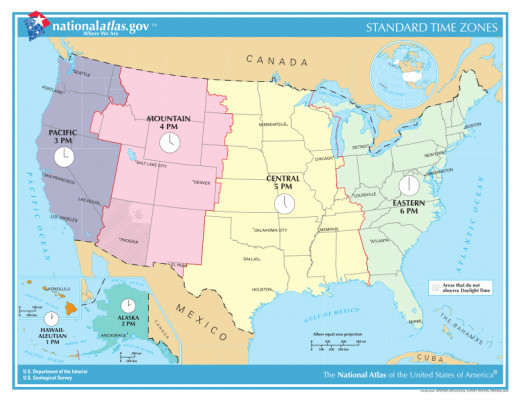
History of Measuring Time
- A Walk Through Time
Time measurement through the ages.
© 2007 Patty Inglish MS

